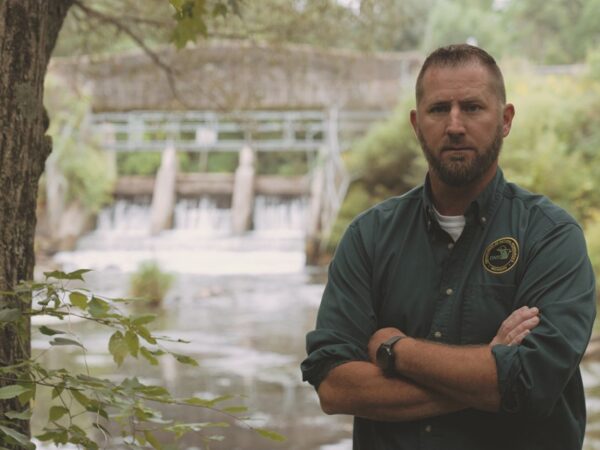Refresh
This Great Lakes News Collaborative series investigates contemporary water pollution challenges in the Great Lakes region, explores the Clean Water Act’s shortcomings in the Great Lakes and how the region can more completely address water pollution in the next 50 years.
Funded by the Charles Stewart Mott Foundation, the collaborative’s four newsrooms — Bridge Michigan, Circle of Blue, Great Lakes Now at Detroit Public Television and Michigan Radio — will report on overlooked pollutants as well as legal and institutional barriers preventing achievement of the Clean Water Act’s aspirational goals.
Subscribe on YouTube
Videos from the Refresh project
Latest News

Wisconsin agency’s expanded mission led to record $450 million investment in Milwaukee waterways
Sewerage district leadership sealed the deal to remediate two million cubic yards of contaminated sediment
Michigan steps up dam removal in race against climate change
As climate change threatens to warm Michigan rivers, dam removal can drive temperatures down by several degrees. An influx of money has boosted removal efforts, but advocates say more is needed.
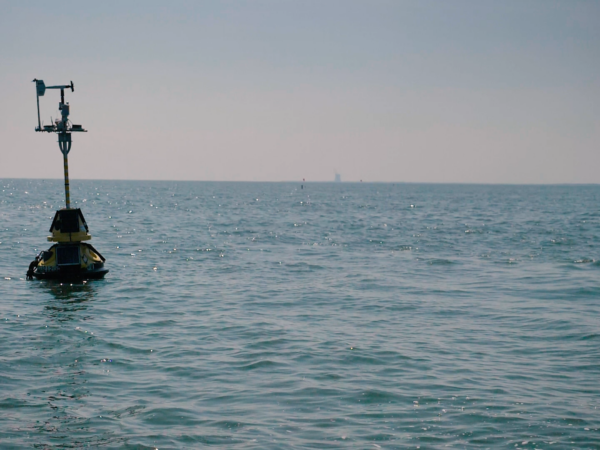
Researchers: Current Great Lakes stewardship is “ill-equipped” to handle future challenges
University of Michigan report calls for new guiding principles and leaders with skills to work across disciplines.
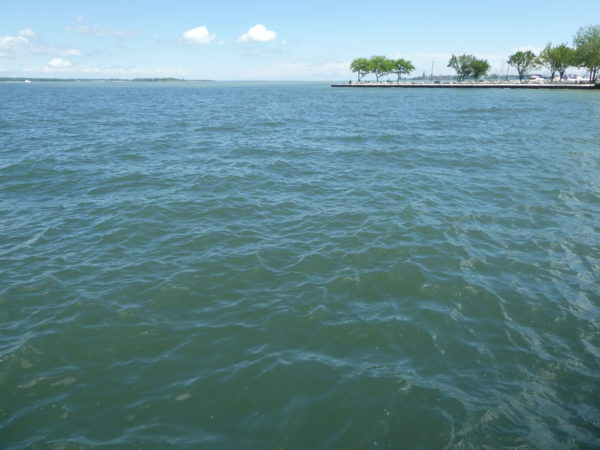
Amendment to Clean Water Act improves Great Lakes through critical observation, collaboration
The Great Lakes region has seen significant improvement since the river fires of 1969, bringing people back the waters they know and love.
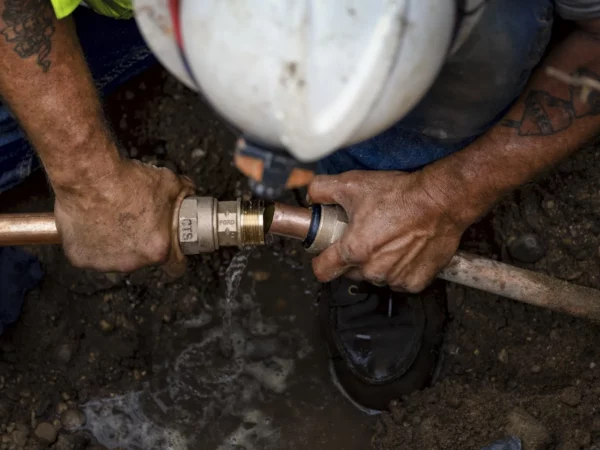
Workers needed to fulfill America’s infrastructure goals
Local and corporate dollars will pay for some of these projects. But the infrastructure push is catalyzed by federal action.
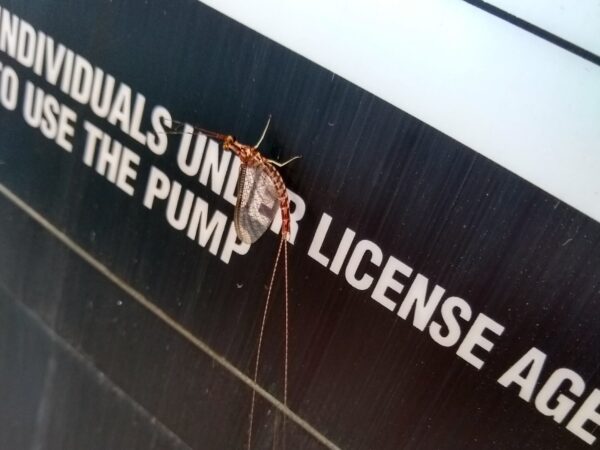
“It’s a good thing”: Fishflies in Great Lakes region signify healthy water
Even though fishflies may not be the prettiest insects, they represent good. A large number of fishflies near the Great Lakes area means the water is healthy.
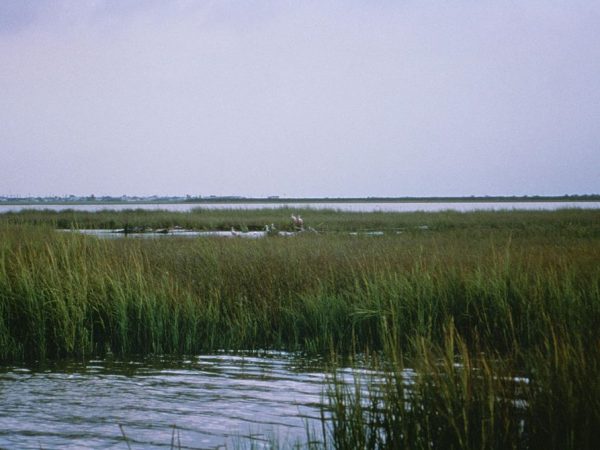
What are wetlands for, anyway?
Here’s what to know about how the U.S. Supreme Court ruling in Sackett v EPA changing wetland protection impacts the Great Lakes region.
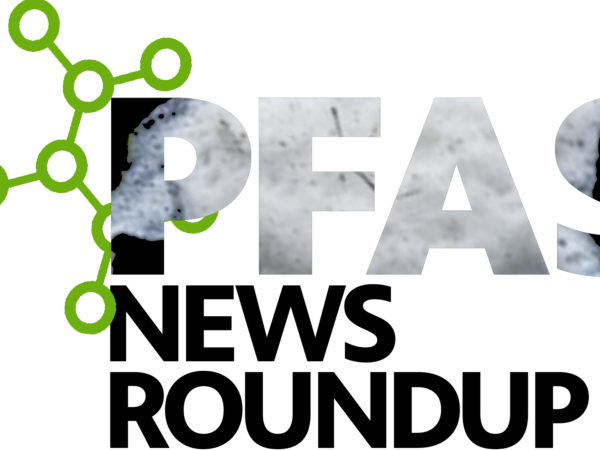
PFAS News Roundup: Technology to eliminate ‘forever chemicals’ showing positive results
Catch the latest updates on what’s happening with PFAS in this biweekly headline roundup.
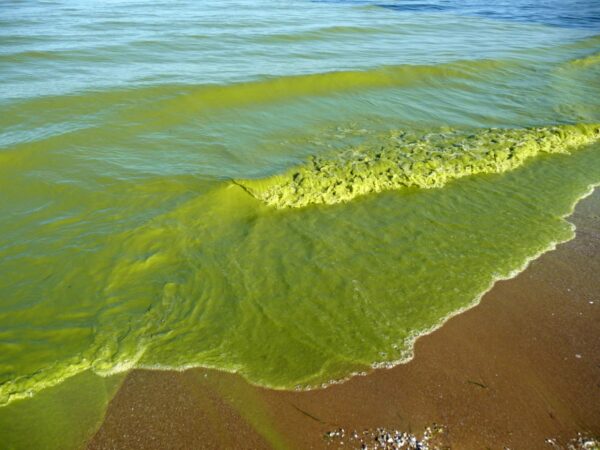
Lake Erie harmful algal bloom expected to be smaller than average
Last year’s severity index was at 6.8. Rick Stumpf with the National Oceanic and Atmospheric Administration says this year’s severity is expected to be around 3.

PFAS News Roundup: Everyday items found contaminated, PFAS removal in Minnesota estimated to cost billions
Catch the latest updates on what’s happening with PFAS in this biweekly headline roundup.
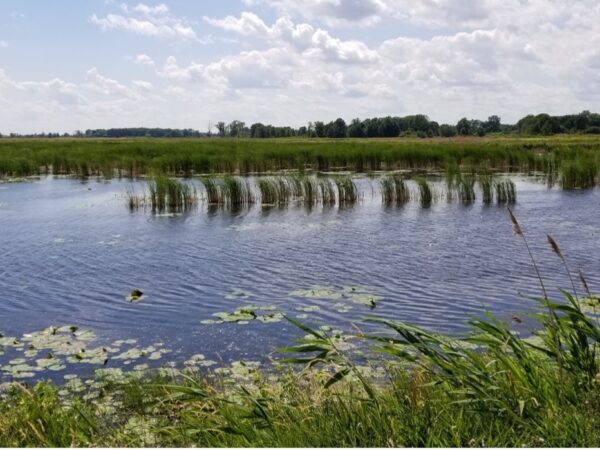
Great Lakes Moment: New trail connects people with secluded Detroit River wetlands
The new Grosse Ile Township greenway trail is designed to improve public access to the Detroit River International Wildlife Refuge’s Gibraltar Bay Unit.
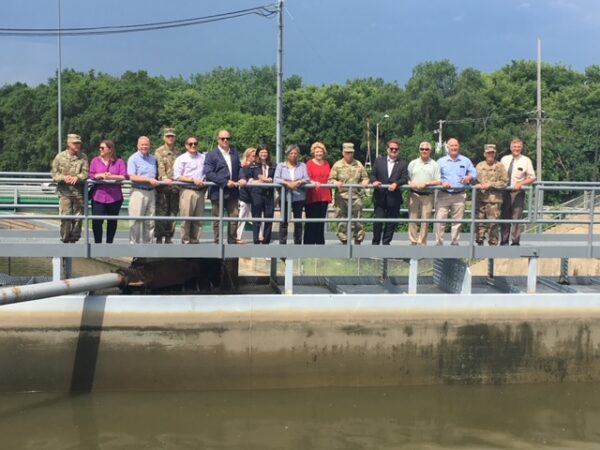
Illinois, feds grapple with agreement that would advance billion dollar plan to stop invasive carp
Illinois objects to terms of “complex” partnership agreement required by the Army Corps of Engineers, while Michigan policy expert questions the need.
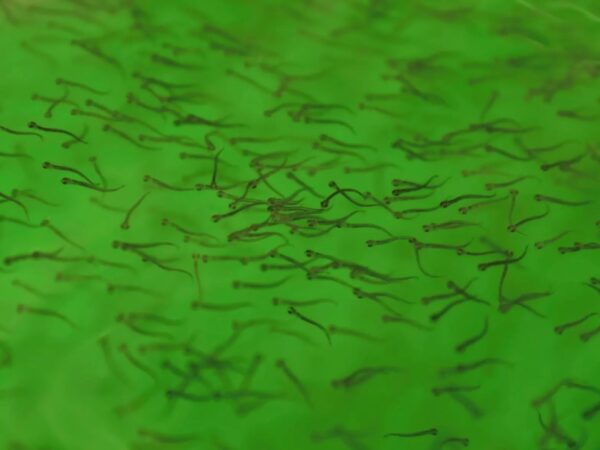
Anishinaabe tribes work to save a fish significant to their culture and an important source of protein
Native American tribes are working with researchers to determine why whitefish, an important source of protein, is declining.
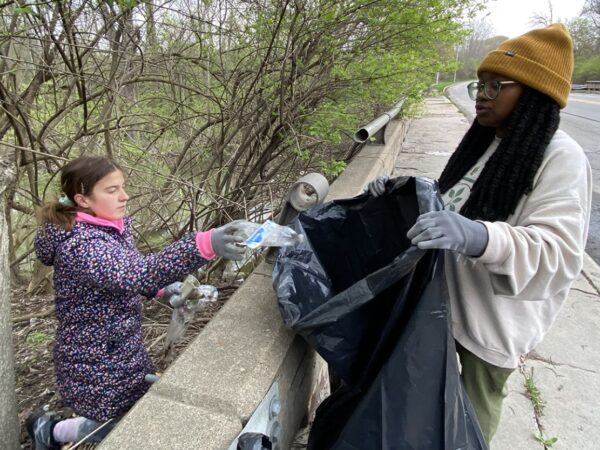
Once beset by industrial pollution, Rouge River on a slow path to recovery
Thanks to the Clean Water Act, the Rouge is no longer a dumping ground for waste. But its gains are incomplete, with contaminants still soiling the river bottom and the fish in its waters.
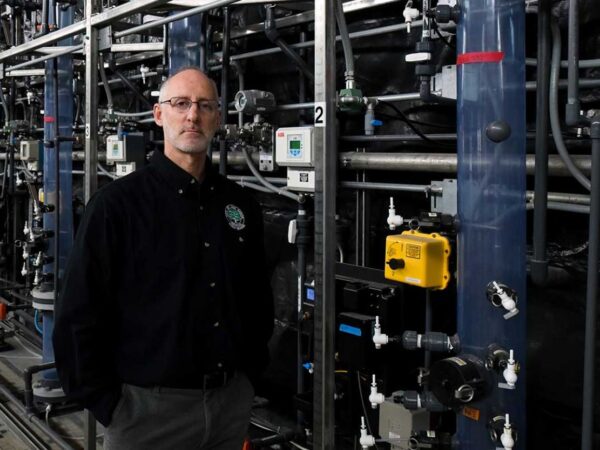
Ongoing battle to keep toxic chemicals at bay
Outdated laws leave communities struggling to ward off contaminants before they foul drinking supplies.
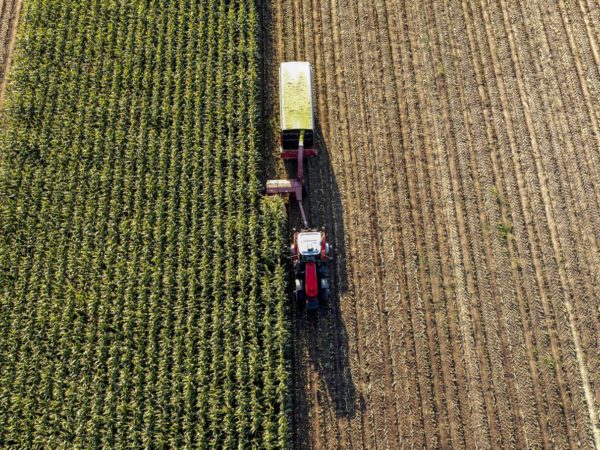
New U.S. Climate Law Could Make Midwest Water Contamination Worse
Billions in clean energy incentives rely on raw materials from polluting corn and livestock.
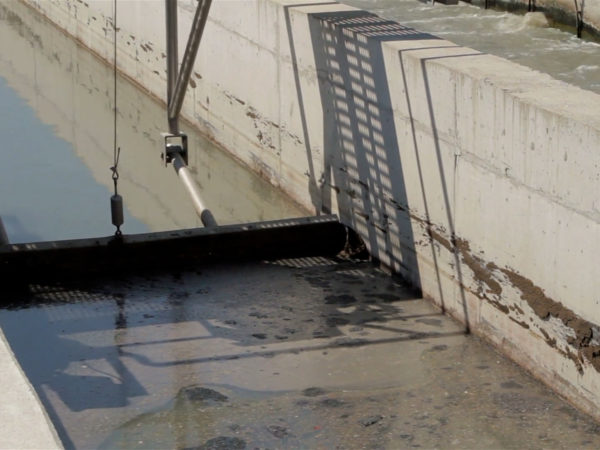
Smart sewers relieve stress on systems and wastewater officials, saving energy and funds
“Smart sewer” technology is increasingly common in the region, helping cities avoid overflows that release untreated sewers into lakes and rivers.
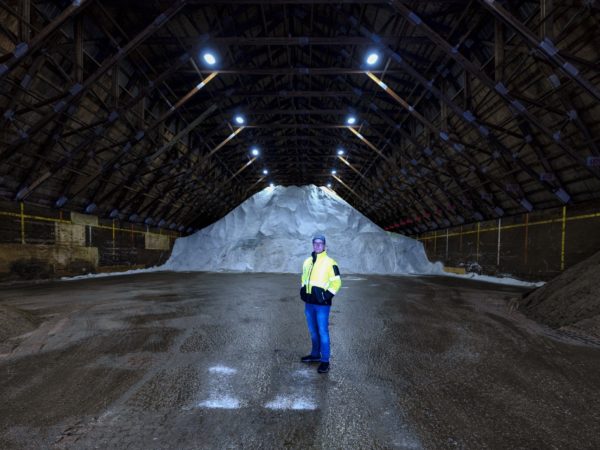
Road Salt, A Stealthy Pollutant, Is Damaging Michigan Waters
Rivers and lakes are becoming saltier while law and practice limit effective responses.


